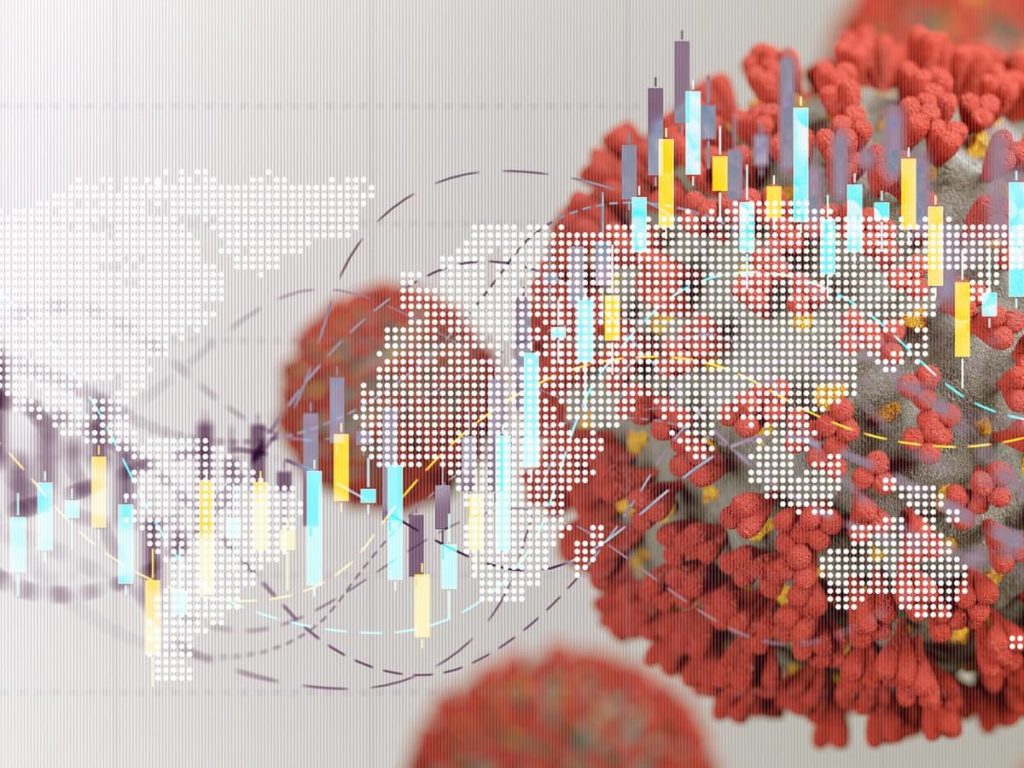The healthcare industry has become more reliant on Internet of Things technologies like wearable sensors and monitors to track COVID-19 patients and monitor the health of people suspected of having the condition. These devices gather and send vast amounts of data, which healthcare professionals can utilize to acquire insights and find areas for improvement in healthcare facilities using data analytics. Medical experts, for example, can have a better understanding of the logistics involved in identifying which patients require treatment more quickly and determining the most successful treatment methods using advanced algorithms and artificial intelligence. Businesses from a variety of industries immediately realized that fighting COVID-19 alone would not be enough to win.
As a result, numerous businesses established collaborations in order to discover answers to the pandemic’s effects. For this reason, the health business began collaborating with organizations from several industries.
Healthcare experts and institutes like Harvard Medical School, for example, were able to employ data analytics to assess the efficacy of medications against COVID-19 proteins by partnering with a virtual drug discovery platform provider, resulting in the identification of new treatment possibilities.
The healthcare industry is obtaining significant volumes of data as a result of these agreements, which can help them fill in the gaps in their understanding of the present pandemic scenario and future healthcare methods. The pandemic underscored the importance of collaborations for the healthcare industry to fully utilize its data analytics skills.
Telehealth was promoted as a cost-effective alternative to traditional healthcare, allowing individuals to communicate with medical experts through the internet. Due to social distancing laws, telemedicine has become the norm today. Many people use telehealth even in the post-COVID era because it is convenient. As a result, there is a pressing need to enhance the capabilities of telehealth platforms, and big data analytics has emerged as a key instrument in this process.
Big data analytics are used by healthcare analytics systems to analyze patient data in order to make more accurate diagnoses. Big data can also assist telehealth providers and patients communicate more effectively, making telemedicine more intuitive and user-friendly.
Data analytics used to play a minor part in healthcare, but since COVID, it has expanded and opened up new avenues for bettering treatments, diagnosis, and patient connections.






